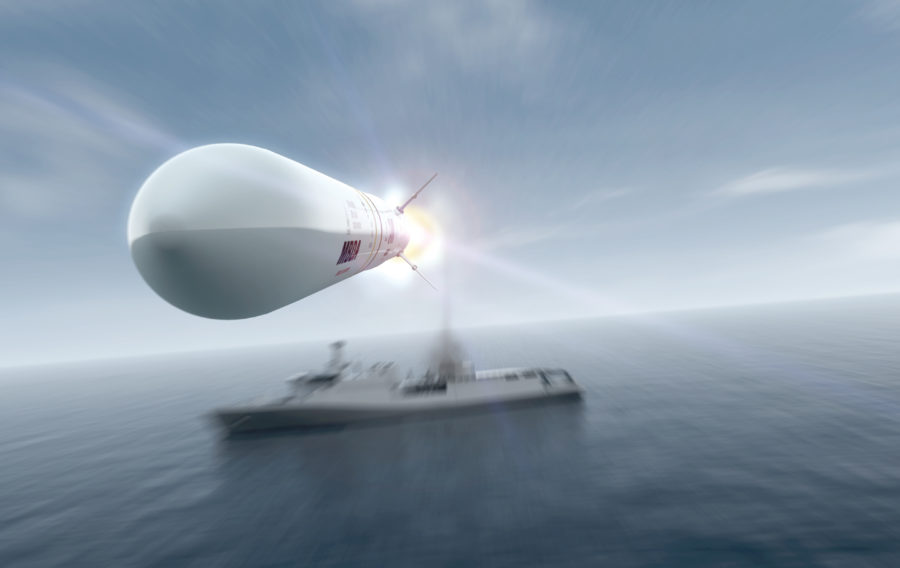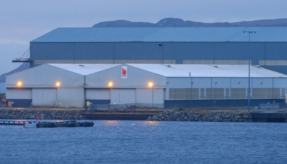
A new cutting-edge air defence missile system is on target for full-time use by both the Royal Navy and the British Army – with its innovation supported by experts from the Defence Science and Technology Laboratory (Dstl), who have been at the heart of its development since conception.
The 20-year project resulted in a multi-million pound contract awarded to MBDA to build the next-generation Common Anti-air Modular Missile (CAMM), which has the capability to defend against anti-ship cruise missiles, aircraft and other highly sophisticated threats.
In May, the Royal Navy completed its acceptance firing trials, resulting in an initial operating capability for HMS Argyll, with the Army land system also recently completing a successful firing from a pre-production launch vehicle. Sea Ceptor will provide local-area air defence to the Type 23 and Type 26 frigates, replacing Sea Wolf; Land Ceptor will replace the Rapier missile to deliver a state-of-the-art ground-based air defence capability.
Sea Ceptor and Land Ceptor use innovative seeker and datalink technology to achieve a high degree of accuracy. The associated radar systems track the threat and the datalink is then used to update the missile with the location of the threat. The CAMM’s own active radar seeker can then take over the missile guidance. The missiles are designed to provide 360-degree coverage with a high degree of manoeuvrability.
By employing innovative technologies to enable a common solution across land and maritime domains, CAMM/Ceptor delivers approximately £1 billion worth of through-life savings within the complex weapons pipeline. Further savings are expected through export, for which two customers have already been confirmed.
A representative from Dstl’s Air Defence Weapons team, said: “Since its conception, Dstl and its predecessors have been involved throughout the development and procurement of both the Sea and Land Ceptor.
“Initial studies were conducted to define future capability needs, followed by a series of technology demonstrator projects, with Dstl providing technical direction to help ensure the end product was exploitable into the Ceptor projects.
“As these moved into their Demonstration and Manufacture phases Dstl continued to provide independent technical advice to Defence Equipment and Support and the front line commands in order to ensure that the solutions met their performance requirements.”
image © MBDA UK
If you would like to join our community and read more articles like this then please click here.







